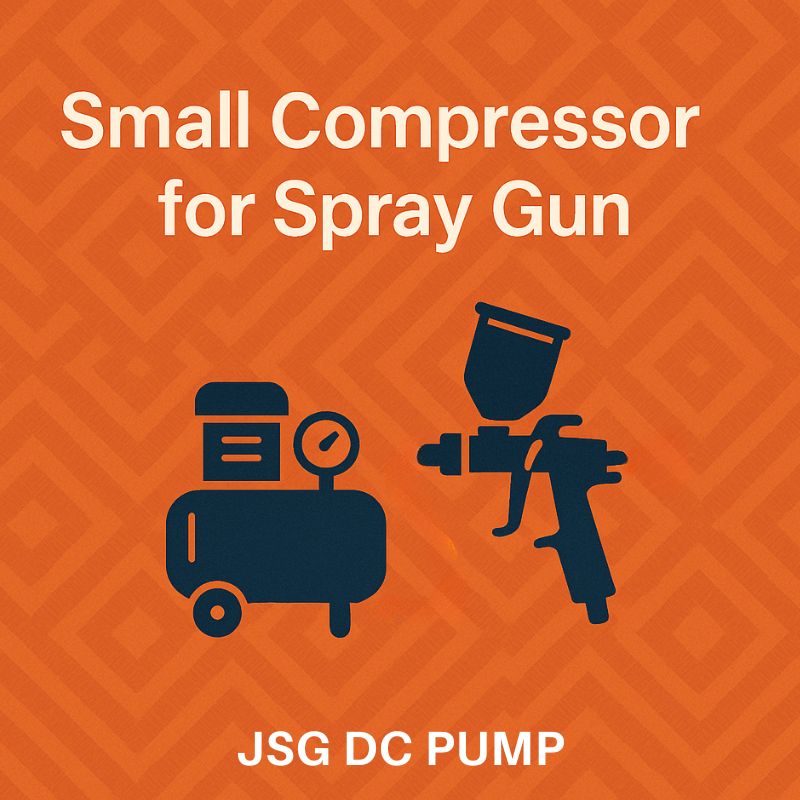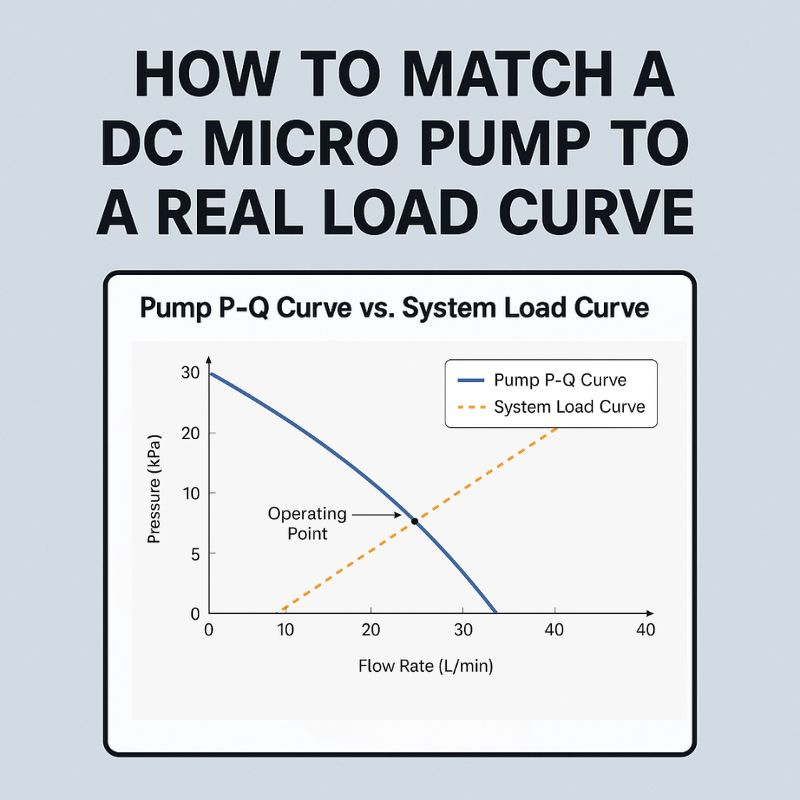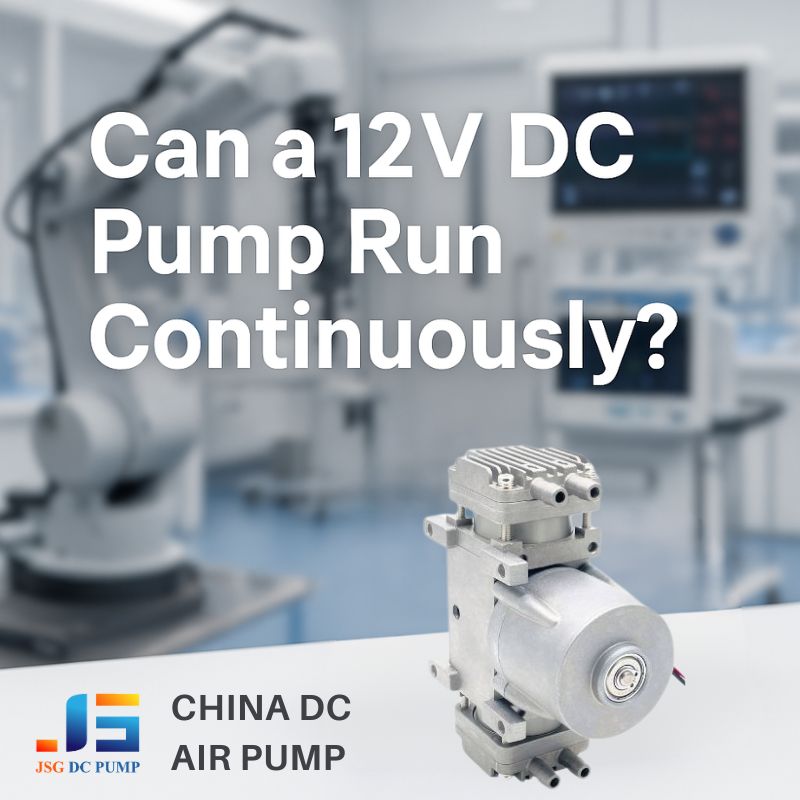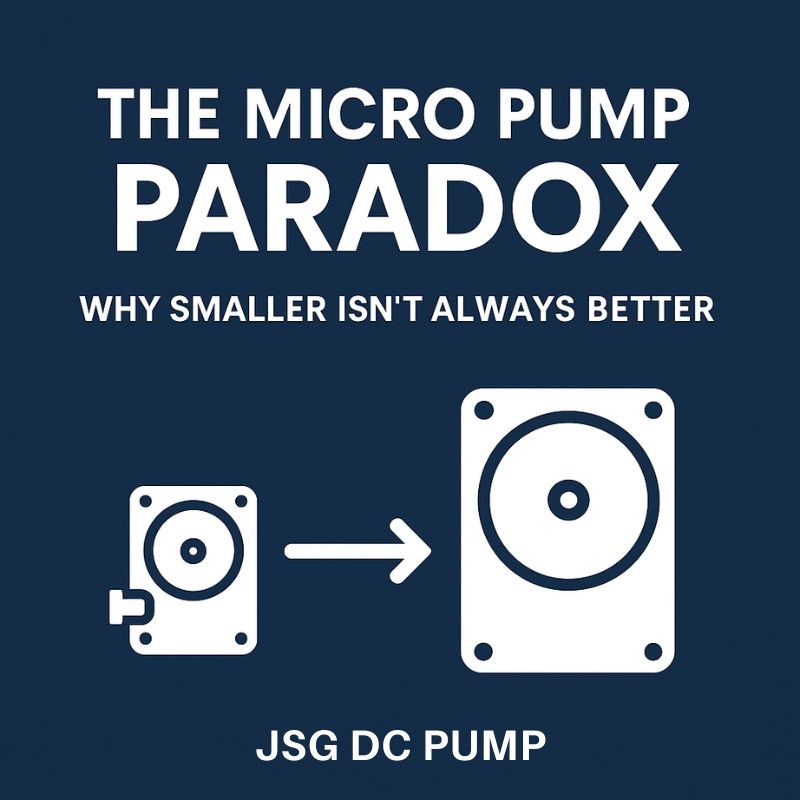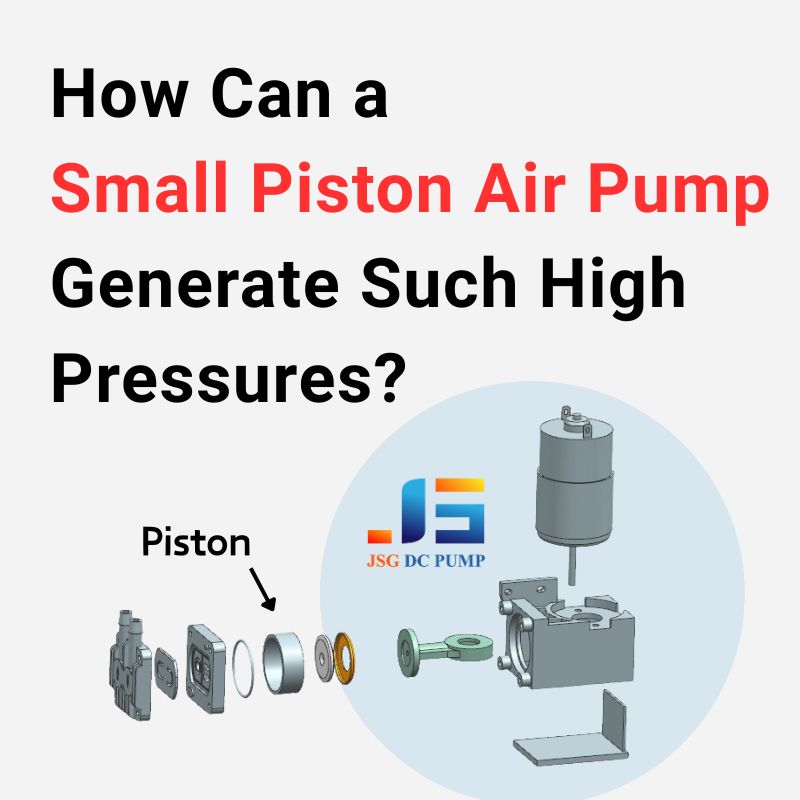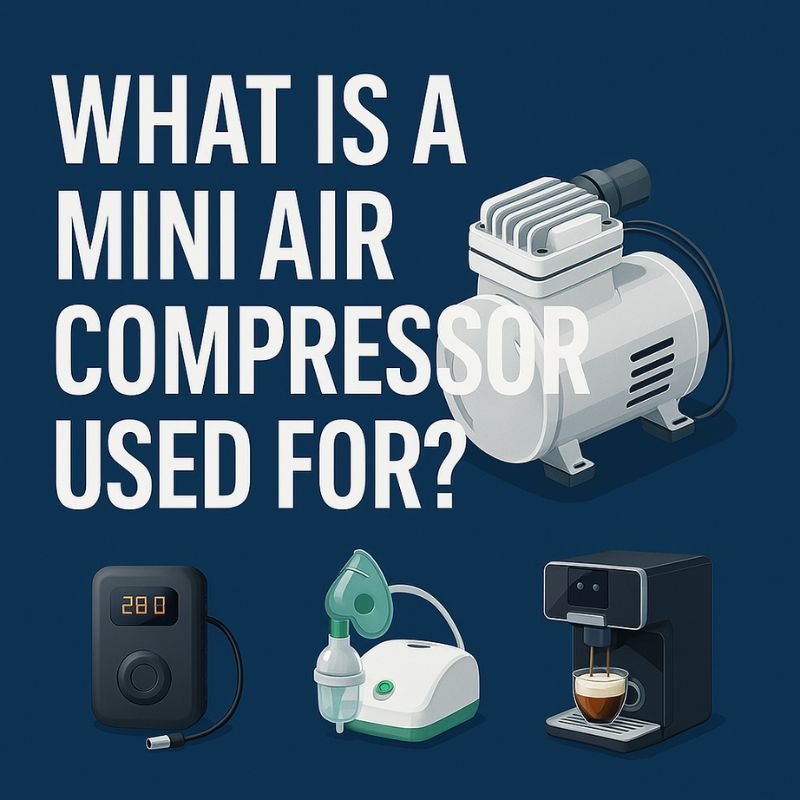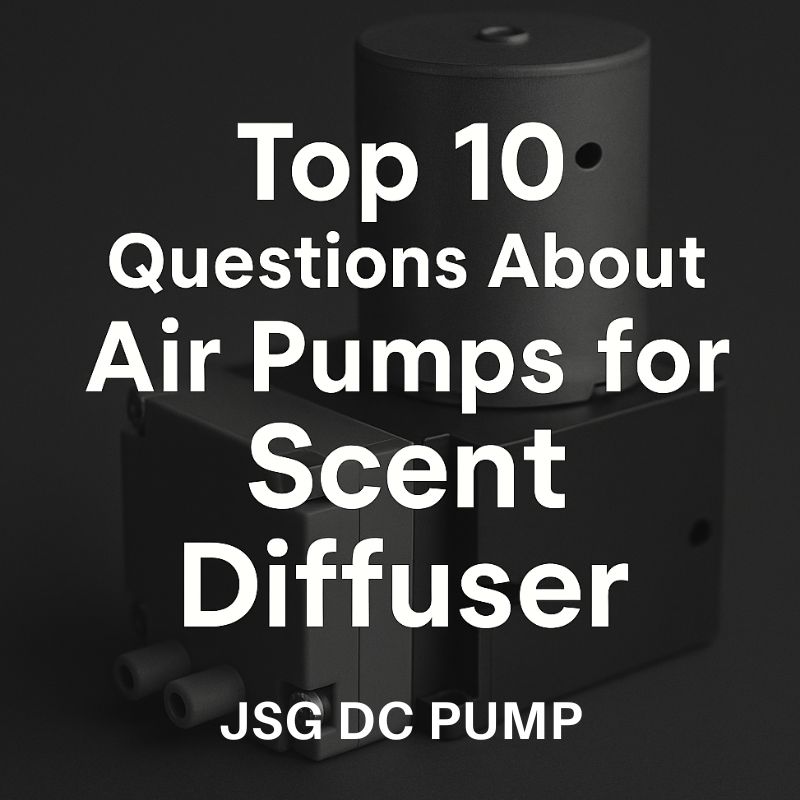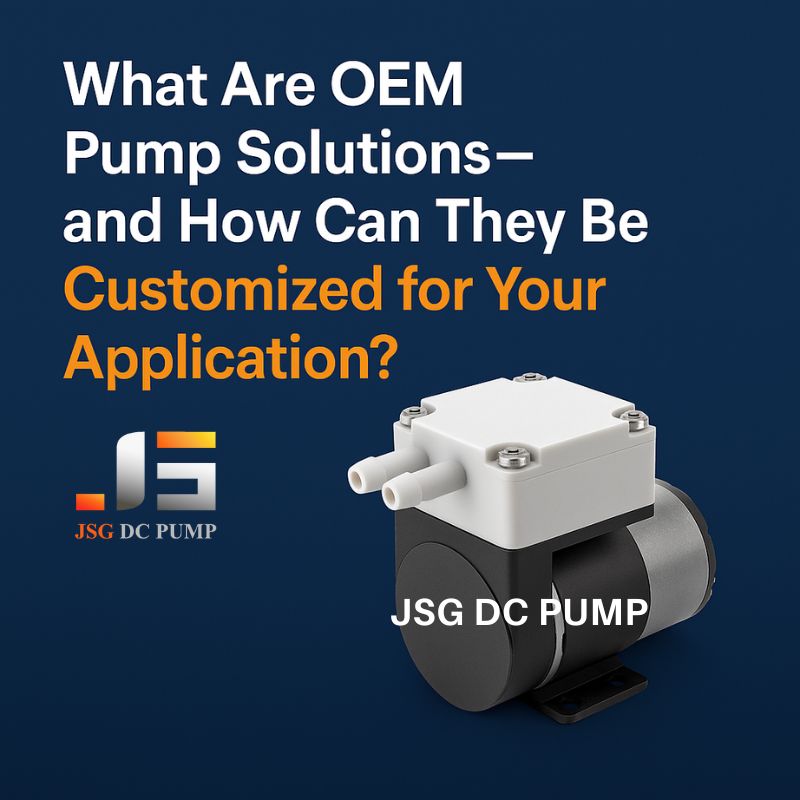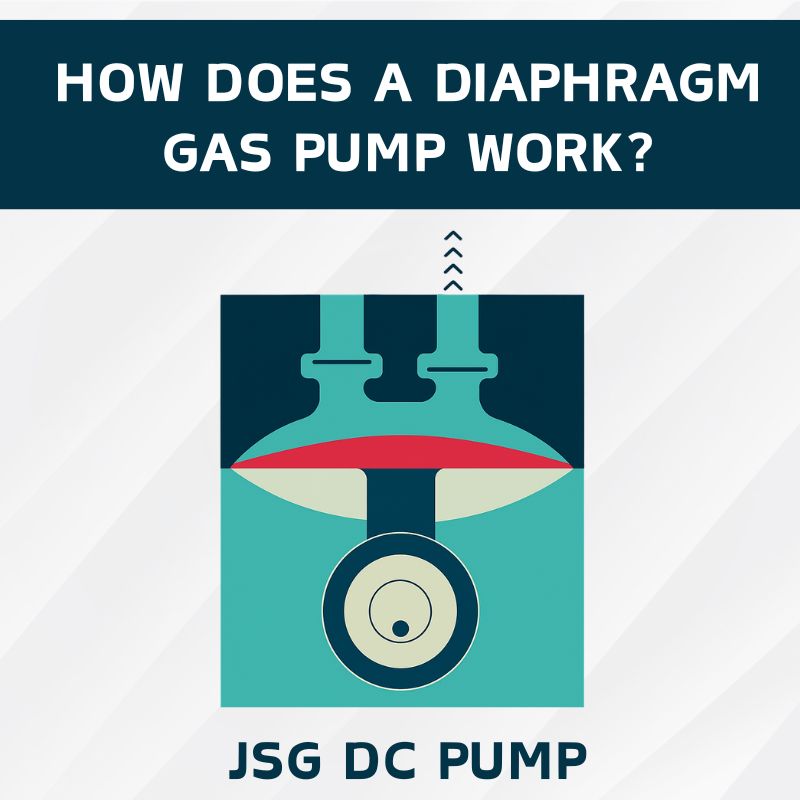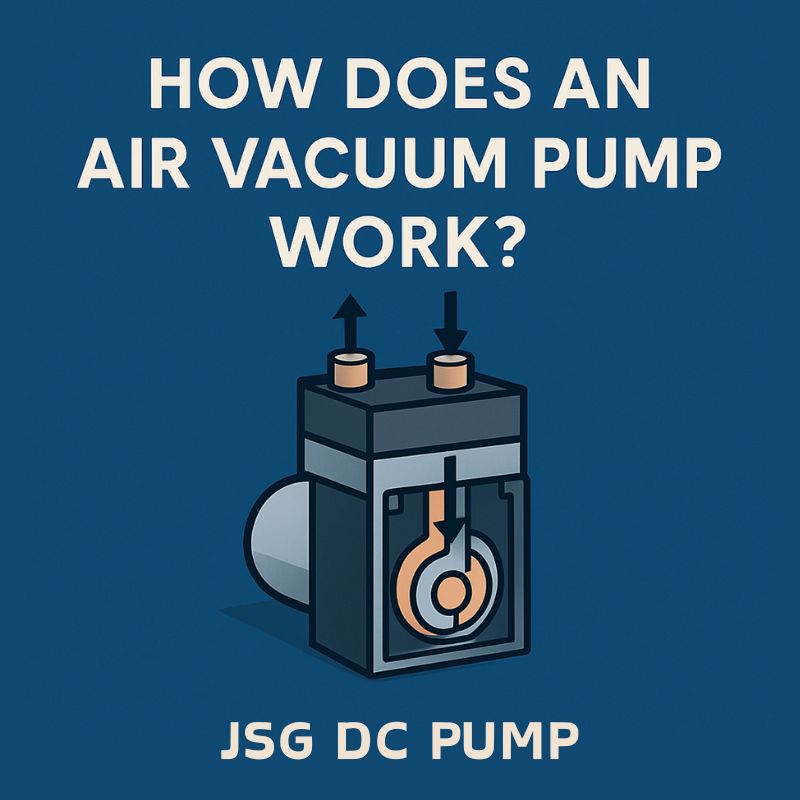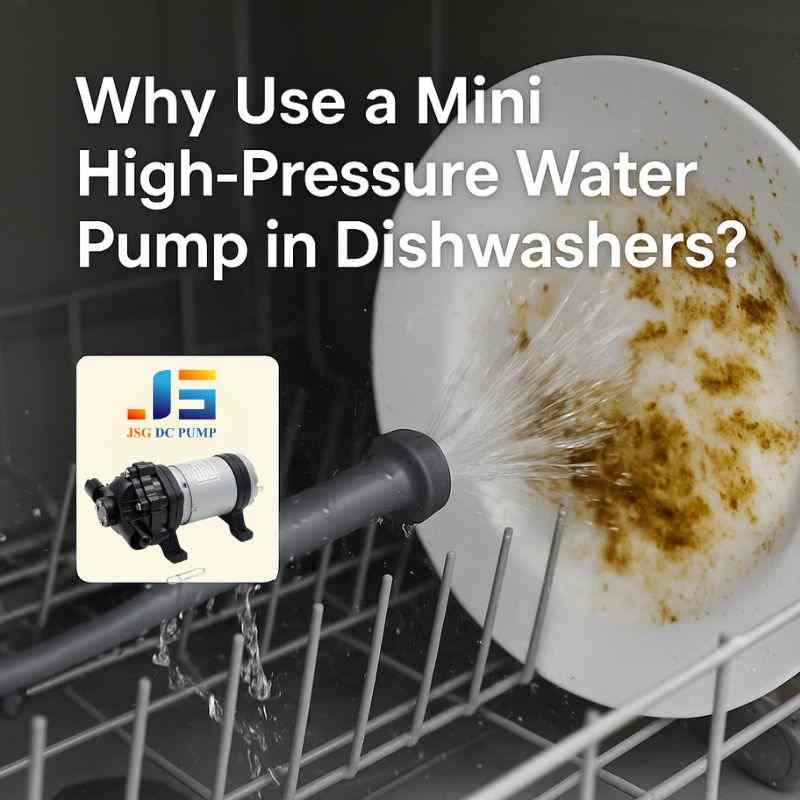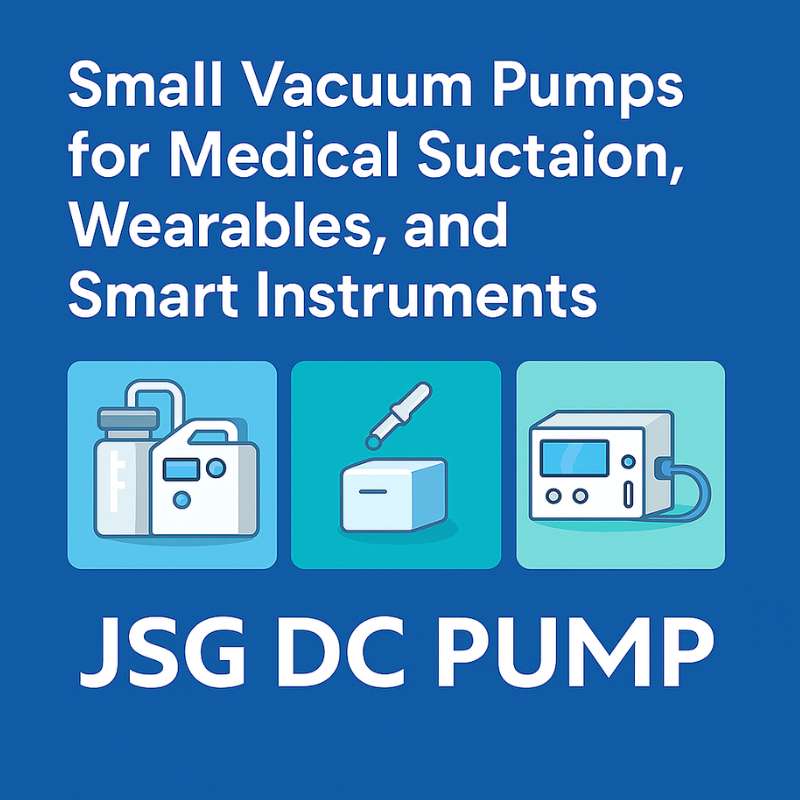Your spray gun sputters and delivers an uneven, splotchy finish. This ruins your detailed work and wastes expensive paint, leaving you frustrated with the poor quality of the final product.
The perfect compressor for a spray gun is designed by precisely balancing air pressure (PSI) and flow rate (LPM/CFM). The choice between a diaphragm or piston pump is critical to meeting the specific demands of the application.
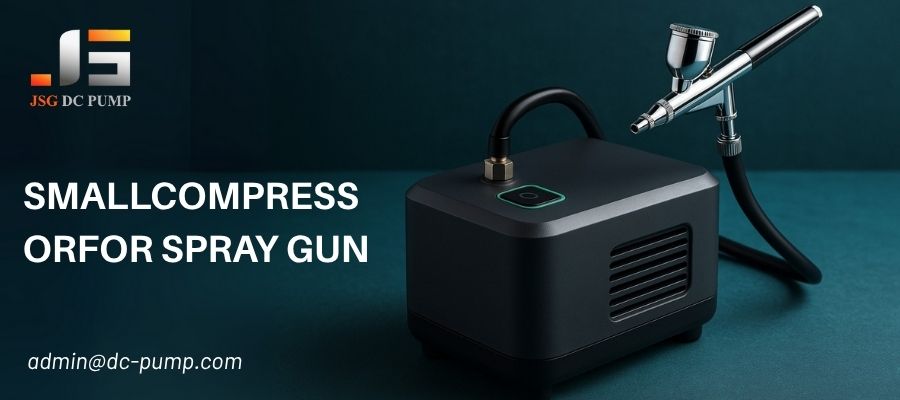
As an engineer at JSG DC PUMP, I see the compressor as the heart of any spray system. A great spray gun is useless without an equally great compressor powering it. The quality of your finish, whether you’re a hobbyist painting a miniature model or a professional applying a cosmetic tan, depends entirely on the quality of the compressed air. A well-designed compressor isn’t just a motor in a box; it’s a finely tuned system where every component matters. Let’s break down the key design points we focus on.
How do pressure and flow rate affect spray quality?
You have a project, but your spray pattern is inconsistent. It either drips and runs or looks dusty and rough, forcing you to sand it down and start over again.
Pressure (PSI) atomizes the liquid, while flow rate (LPM/CFM) carries it to the surface. We select either a diaphragm or piston pump to create the exact combination of pressure and flow for a flawless finish.
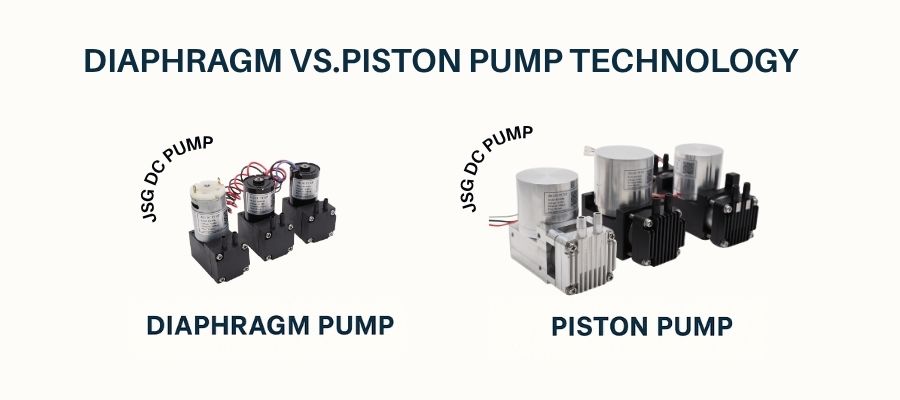
This balance is the most fundamental aspect. To achieve it, we primarily use two types of pump technologies in our compressors: diaphragm pump and piston pump. The choice depends entirely on the application’s demands.
A diaphragm pump is excellent for lower-pressure, precision work, while a piston pump provides the power needed for thicker materials and more demanding tasks. Understanding this choice is the first step in engineering the right solution for you.
Choosing the Right Pump Technology
| Pump Type | Typical Pressure Range | Best For… |
|---|---|---|
| Diaphragm Pump | 0.5 – 4 bar (approx. 7 – 58 PSI) | Smaller, highly compact, and portable devices like cosmetic airbrushes, model painters, and nebulizers where quiet operation is key. |
| Piston Pump | 2 – 10 bar (approx. 29 – 145 PSI) | Higher-pressure tasks, suitable for small industrial spray equipment, often paired with an air tank for consistent output. |
What are the most common spray applications for these compressors?
You think these compressors are just for hobby models. This narrow view ignores their critical role in many high-value professional and industrial industries, a huge missed opportunity.
Small compressors are used everywhere, from professional airbrush makeup and cake decorating to automotive touch-ups and industrial coating. They are essential, high-precision tools in many modern industries.

The versatility of these small compressors is incredible. At JSG DC PUMP, our designs power devices across a surprising range of fields, each with its own unique demands. This experience gives us a deep understanding of what truly matters in each context.
- Cosmetics & Spray Tanning: Here, our quiet diaphragm pumps are perfect. They provide the gentle, low-pressure mist needed for a flawless application in a relaxing, professional environment.
- Hobby & Scale Modeling: Precision is king. A hobbyist needs a compressor with consistent, adjustable pressure from a diaphragm pump to create everything from fine lines to smooth base coats.
- Industrial Spraying & Coding: For applying coatings or stenciling part numbers. These tasks demand higher, more consistent pressure. This is where our more powerful piston pump compressors, often paired with an air tank, are the ideal solution.
- Automotive Touch-Up: These units must be robust and able to atomize thicker automotive paints. Depending on the scale, you can use either a high-performance diaphragm pump or a compact piston pump.
How do you integrate a pump into a complete spray system?
You’re designing a new spray device, but integrating the pump feels risky. A bad fit, power mismatch, or overheating issue could compromise your entire product and lead to costly delays.
Successful integration requires treating the pump as the heart of your device. You must carefully plan the mechanical fit, electrical power supply, pneumatic connections, and thermal management within your product’s housing.
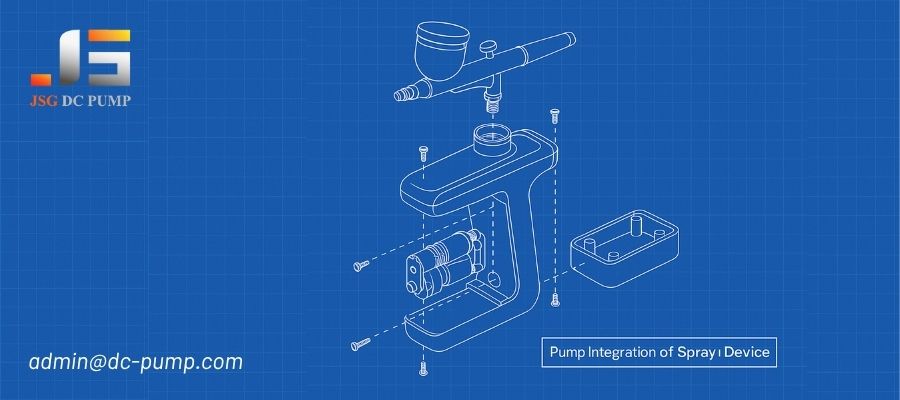
We work with OEM and ODM partners every day who are building our pumps into their products. The most successful projects are the ones where integration is considered from the very beginning. The pump isn’t just a component you drop in at the end; it defines many of the product’s other design requirements. Getting these details right ensures your final product is reliable, efficient, and performs exactly as you designed it. We see ourselves as partners in this process, providing the data and support you need.
| Integration Checkpoint | Key Questions for Your Design Team |
|---|---|
| Mechanical Fit | What are the pump’s dimensions and mounting points? Where will the air inlet and outlet ports be located? |
| Electrical Integration | What is the pump’s required voltage and current draw? How will it connect to your battery or power supply PCB? |
| Pneumatic Path | What type of tubing and fittings are needed? How can you ensure the path from the pump to the nozzle is short and leak-free? |
| Thermal Design | Does your device’s housing have adequate ventilation to allow the pump’s heat to escape during continuous operation? |
How should you match a mini compressor pump to a spray gun?
You picked a high-quality pump and an expensive spray gun. But when connected, the spray pulses and sputters, making your final product look unprofessional and poorly designed.
To correctly match a pump to a gun, you must align the pump’s PSI and LPM output with the gun’s nozzle size and the viscosity of the fluid being sprayed.
This is a common challenge I help our partners solve. A spray gun is just a valve; it’s the combination of air and fluid that creates the magic. A mismatch here will always lead to poor performance. For example, a fine-detail airbrush nozzle requires less air volume (LPM) but can benefit from steady pressure to create crisp lines.
In contrast, a larger nozzle used for broader coverage needs a much higher LPM to properly atomize the higher volume of paint. Thicker fluids like primers demand higher pressure (PSI) from the pump to break them up. We help our clients analyze these factors to select the perfect pump from our range, ensuring their final device delivers a flawless spray right out of the box.
When and how should you add an air tank to your system?
Your pump has to run constantly to keep up, causing it to overheat. Worse, the air supply pulses, causing visible inconsistencies in your spray finish, completely ruining the effect.
Add an air tank when you need a perfectly stable, pulse-free air supply. The tank stores compressed air, letting the pump run in cycles and delivering a rock-steady output pressure.
Integrating a tank is the best way to upgrade a system for high-precision or demanding industrial applications. It turns a good system into a great one. The tank acts as a buffer, completely eliminating the natural pressure pulses from diaphragm or piston pumps. This gives you a smooth, unwavering airflow perfect for long, even strokes.
Crucially, it allows the use of a pressure switch. This switch automatically turns the pump on to fill the tank and shuts it off when full. This reduces the pump’s runtime, which means less heat, less wear, and a much longer service life for the motor. For any OEM device intended for professional use, a well-integrated tank system is a mark of quality.
How can you minimize noise and vibration in the design?
Your compressor is so loud that it’s distracting and unpleasant to use. This makes it impossible to work indoors or in quiet environments without disturbing everyone around you.
Noise is minimized using precision-balanced brushless motors, isolating the pump from the housing with rubber grommets, and designing an acoustically-dampening enclosure. These elements work together to absorb sound and vibration.
For many spray gun applications, a quiet user experience is not a luxury—it’s a requirement. Imagine a makeup artist using a loud compressor next to a client’s ear, or a hobbyist trying to concentrate on fine details with a machine rattling on the desk. At JSG DC PUMP, we treat acoustic performance as a primary design parameter.
This is especially true for our diaphragm pumps, which are inherently quieter. We then take it a step further by using quiet brushless motors, isolating vibration with rubber mounts, and designing the case to absorb sound, ensuring the final product is as unobtrusive as possible.
How do you design for durability and effective heat management?
Your small compressor overheats and shuts down during a long session. Or worse, it burns out completely after just a few months, forcing you to buy a replacement and delaying your projects.
Durability comes from choosing long-life components like brushless motors and robust diaphragm materials. Heat is managed with integrated heat sinks and internal airflow channels that continuously cool the motor and pump head.
A compressor is a hard-working machine that generates significant heat. If that heat isn’t managed, it will destroy the motor and degrade the pump components, leading to a short lifespan. Designing for durability means designing for effective heat dissipation from day one. It’s a non-negotiable part of our engineering process because we build our reputation on reliability.
We want our pumps to last for thousands of hours, not just a few. This is achieved by using long-life brushless motors, designing internal channels for cooling airflow, and using high-quality diaphragm or piston seal materials that can withstand millions of cycles without failing.
Conclusion
Designing a small compressor for a spray gun requires a careful balance of pressure, flow, size, noise, and durability. Partnering with an expert ensures all these points are perfectly met.
For expert consultation or OEM collaboration, contact us at admin@dc-pump.com.


